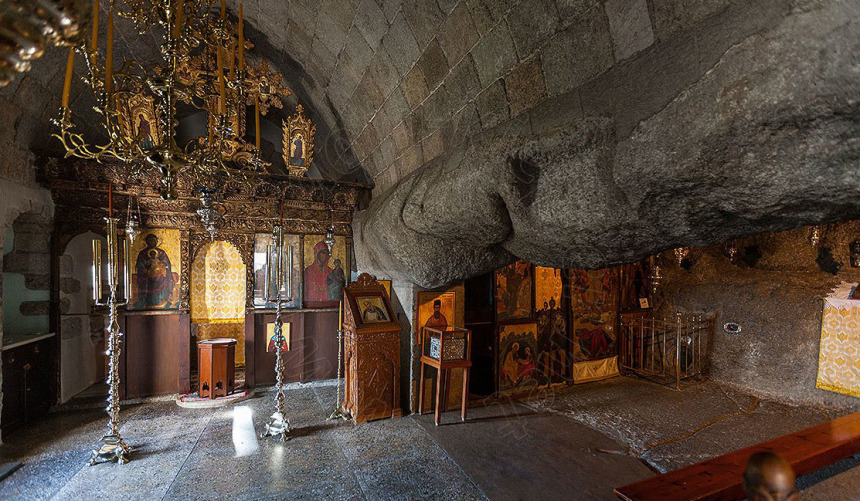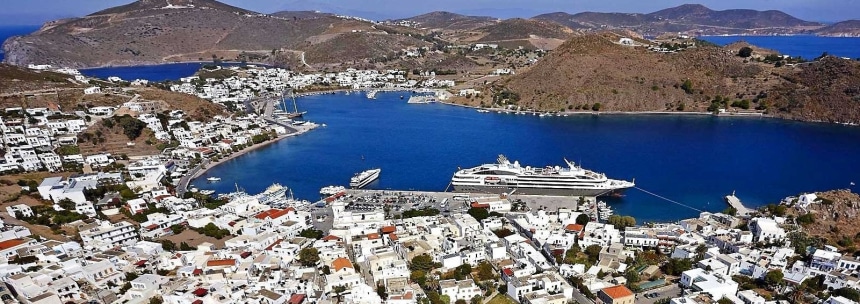
Patmos is a small Greek island in the Aegean Sea, part of the Dodecanese island group. It is known for its historical and religious significance, beautiful landscapes, and tranquil atmosphere. Here are some key aspects of Patmos:
Historical and Religious Significance
1. Book of Revelation: Patmos is most famous for being the place where Saint John the Apostle is said to have received the visions that led to the writing of the Book of Revelation, the last book of the New Testament. According to Christian tradition, Saint John was exiled to Patmos around 95 AD during the reign of the Roman Emperor Domitian.
2. Monastery of Saint John the Theologian: Founded in 1088 by Saint Christodoulos, this monastery is a UNESCO World Heritage site. It is a major pilgrimage site for Christians and features impressive architecture, ancient manuscripts, and religious artifacts.
3. Cave of the Apocalypse: This is the cave where John is believed to have received his visions. It is a significant religious site and also part of the UNESCO World Heritage designation.
Geography and Natural Beauty
1. Size and Population: Patmos is relatively small, with an area of about 34.6 square kilometers and a population of around 3,000 people.
2. Landscape: The island is characterized by rugged terrain, with hills, rocky coves, and beautiful beaches. The highest point is Mount Profitis Ilias, which offers stunning views of the island and the surrounding sea.
Main Settlements
1. Chora: The island’s capital, Chora, is a picturesque town with narrow streets, traditional white-washed houses, and the Monastery of Saint John towering above. It has many shops, cafes, and restaurants.
2. Skala: The main port town, Skala, is the hub for most of the island's commercial activity. It has a range of accommodations, dining options, and serves as the entry point for visitors arriving by sea.
Tourism and Culture
1. Pilgrimage: Many visitors come to Patmos as part of religious pilgrimages, especially to visit the Cave of the Apocalypse and the Monastery of Saint John.
2. Beaches: Patmos has several beautiful beaches, including Kambos, Grikos, and Psili Ammos, which offer opportunities for swimming, sunbathing, and water sports.
3. Cultural Events: The island hosts various cultural and religious events throughout the year, including festivals, music concerts, and art exhibitions.
Overall, Patmos is a unique destination that combines religious heritage, natural beauty, and a serene Greek island lifestyle.



